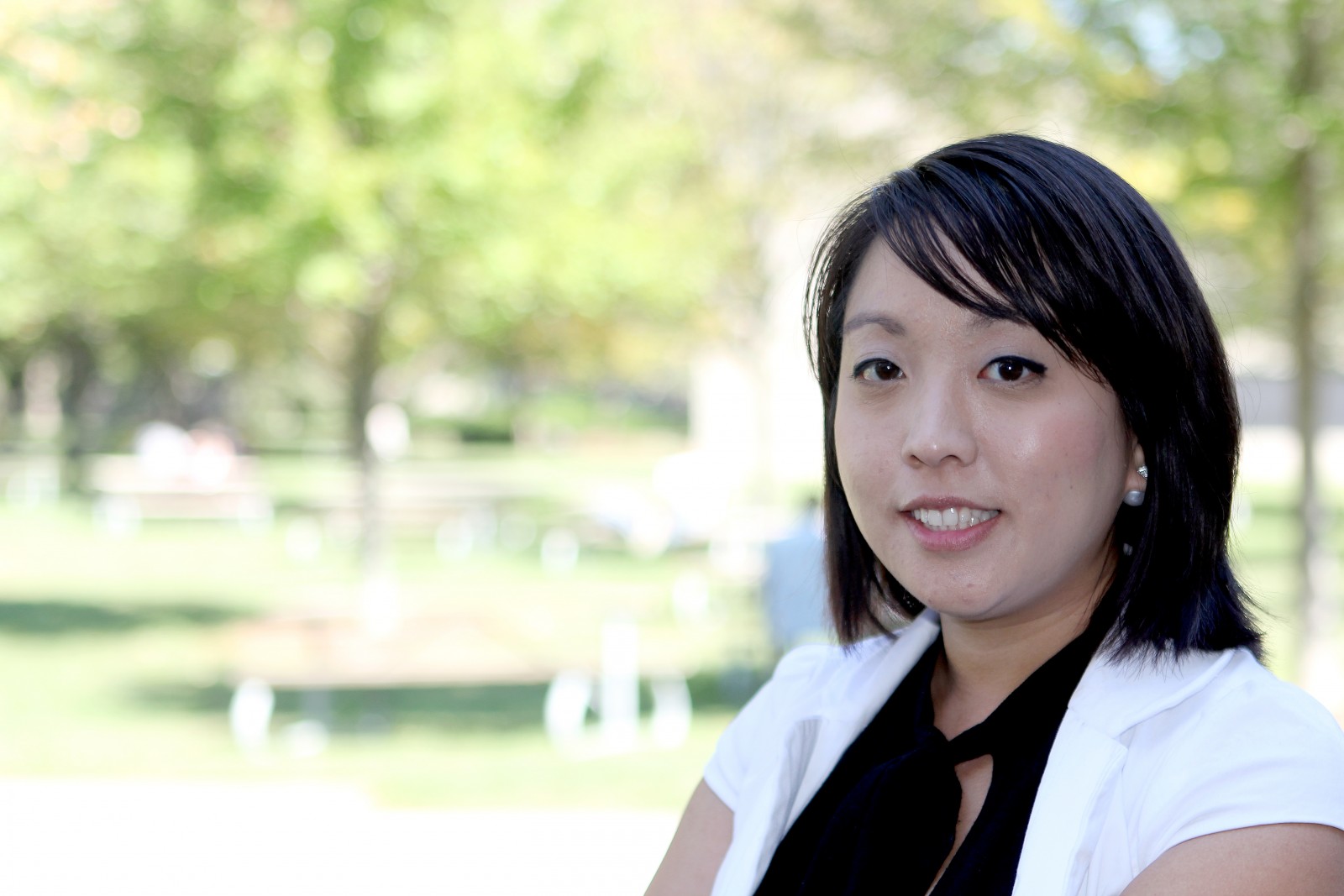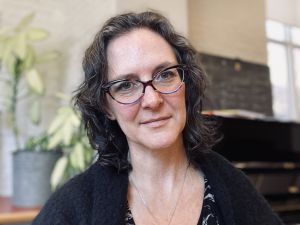 Lousia Ho, Brock University commercialization research officer, is running in Sunday's Terry Fox Run.
Lousia Ho, Brock University commercialization research officer, is running in Sunday's Terry Fox Run.Louisa Ho knows cancer.
She’s seen it up close, through the lens of a microscope.
For years, she fought the disease as a researcher.
On Sunday, she’ll help others fight for a cure by running in the annual Terry Fox Run.
“Terry Fox’s journey is a great Canadian story that’s inspirational and shows people that you really can do anything,” she said.
The Brock University commercialization research officer is part of a group of staff and students taking part in the annual 5km run.
“I started running because I wanted to find different avenues of giving back,” Ho said. “It’s another way for me to help find the cure for cancer.”
When Ho was doing her PhD she researched how bone cancer develops in children and later worked on research projects developing novel cancer immunotherapies.
All of the research she worked on was supported by money from the Terry Fox Institute.
Martin Tammemägi, professor of epidemiology in Brock University’s department of Health Sceinces, has been involved in a large-scale research study since 2008 made possible with $7 million from the Terry Fox Institute, $408,000 of which came to Tammemägi. Brock received more than $500,000 funding in total from the Terry Fox Institute.
The study is looking at earlier detection of lung cancer.
“Lung cancer is the leading cause of cancer deaths in Canada,” he said. “Most lung cancers are diagnosed at a late stage.”
Tammemägi’s risk calculation software can reduce surgical procedures by helping doctors know if nodules showing up on CT lung scans have a high probability of being cancerous. It’s being used around the world and was developed thanks to the funding.
When a nodule shows up on a CT scan, clinicians or radiologists will enter its details into Tammemägi’s calculator, including: size; location; whether the nodule is solid, semi-solid or looks like ground glass; and whether it has a bumpy surface.
Additional data – age, gender, family history, history of lung cancer, history of emphysema – are entered into the calculator. With all these factors, the calculator then estimates the probability of the nodule being cancerous.
Tammemägi and his team published this groundbreaking research in the New England Journal of Medicine on September 5, 2013. The research paper is called “Probability of Cancer in Pulmonary Nodules Detected on First Screening Computed Tomography.”
Tammemägi said of the 2,537 people in the study, 180 were found to have lung cancer.
“We did see that the majority of the individuals who we found had lung cancer, we found it at an early stage,” he said.
“That money was critical. If we didn’t have that funding, we wouldn’t have done that study.”
The run is Sunday in Port Dalhousie. Registration is at 9 a.m. and the run is at 10 a.m.
For more information visit: https://secure.terryfox.ca/registrant/LocationHome.aspx?eventid=159161&langpref=en-CA&locationID=159625&Referrer=http%3a%2f%2ftest.scratchmarketing.com%2fterry-fox-map%2fEnglish%2f









